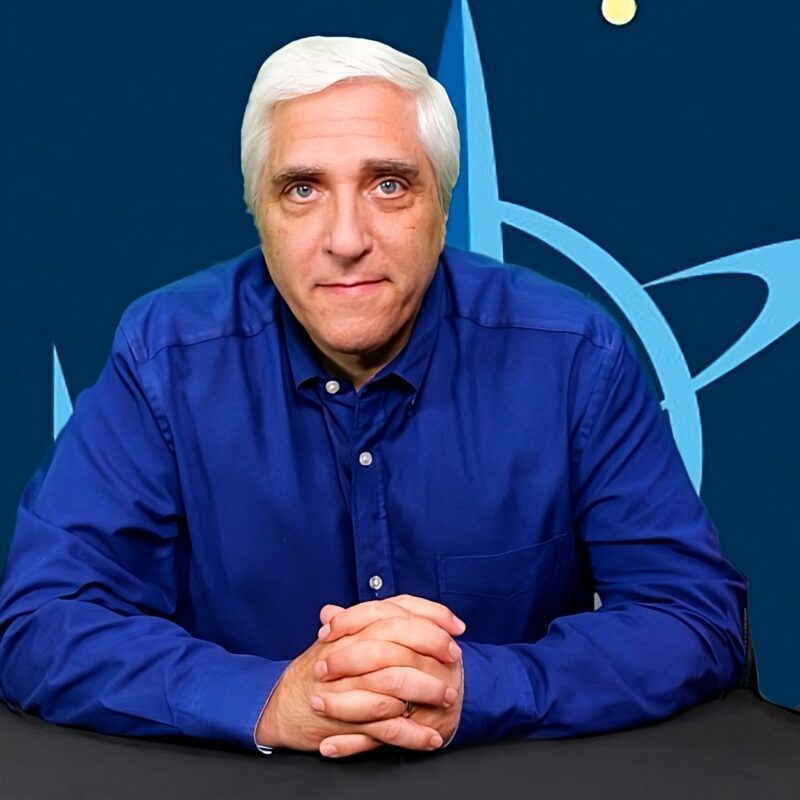We have written quite a bit about fraudulent stem cell clinics. They have followed a typical pattern of overhyping new potential therapies, with some clinics going as far as selling fake stem cell treatments. Stem cells were a likely target – they sound extremely advanced, their potential is easy to understand, and you can use them to justify extreme claims of healing.
However, premature hype does not mean a technology will never mature. We often have to balance our criticism of the hype with enthusiasm for the technology itself, but tempered by patience and caution. There is often a 20 year or more delay between the basic science indicating a new potential treatment and seeing that treatment in the clinic. This is why when a new high-tech medical treatment gets approval, I often check to see when the first basic science discovery was made. A 20-30 year gap is typical. (CRISPR is one notable exception, with faster than typical progress to actual therapeutics.)
It has been over 20 years since the stem cell hype hit the public – so how are we doing? As you will see, we are making progress, and getting significantly closer to actual treatments. Stem cell treatments have proven tricky, however. It is difficult to get the stem cells to do what we want, and to not do things we don’t want (like form tumors). The holy grail of stem cell therapy is to be able to inject stem cells into a failing or damaged organ, and have the cells go about repairing and regenerating (and perhaps even rejuvenating) that organ, partly by actually replacing damaged or diseased cells. That goal has proven elusive (other than bone marrow transplant-based treatments).
A recent study, however, perhaps shows a light at the end of the tunnel. This is a mouse study, so that right there should tell you where we are in the research. That puts us still another decade at least from an approved treatment. The researchers took induced pluripotent stem cells (iPSPs) made from human blood cells. They turned these into neural progenitor cells (NPCs). They then injected them into the damaged brains of mice with induced strokes. This group was compared to other mice who had a stroke and were given sham surgery but no stem cells. The results were encouraging.
The NPCs survived, differentiated into neurons, and were functional. They mostly turned into GABA (a type of neurotransmitter) producing neurons, which is interesting because GABA neurons seem to play a role in recovery from stroke. These neurons made connections and were apparently functional. Further, the stem cells contributed to multiple mechanisms of repair – growing new blood vessels, repairing the blood brain barrier, and reducing inflammation.
None of this really matters, however, unless the mice experienced some functional recovery. This can be difficulty to assess in mice, so the researcher employed some AI to help them assess their function. They found that the treatment mice had improved motor function after five weeks – so the treatments produced both structural and functional improvement, persisting for at least five weeks.
The study had a couple of limitations worth pointing out. They did not determine that the neurons made functional connections to other neurons. They did project axons, but we don’t know if they did anything useful. Also, the mice used in the study were immunocompromised. This was done to limit rejection of the xenografts. In humans, allografts or autografts could be used (so not cells from another species, but probably from another person), and so it remains to be seen if an immunocompetent host will receive the grafts.
Still, this is a nice incremental step in the direction of stem cell treatments to enhance recovery after stroke. We have made incredible advanced in the basic technology of stem cells, from 2000 when they first came to public attention. We can take adult cells (like skin or blood cells), and make them into pluripotent stem cells, and then direct them to differentiate into the desired type of cell. This is amazing technology, and there was no guarantee 25 years ago that we would be able to do this.
But the clinical applications have proven trickier than we hoped, so any advance is welcome. We may still be 10-20 years from stem cell therapy for strokes in humans. That would mean 30 plus years from hype to treatment, which is a typical timeframe for a cutting edge treatment. That is at odds with our media-saturated, overhyped, and immediate gratification culture.


